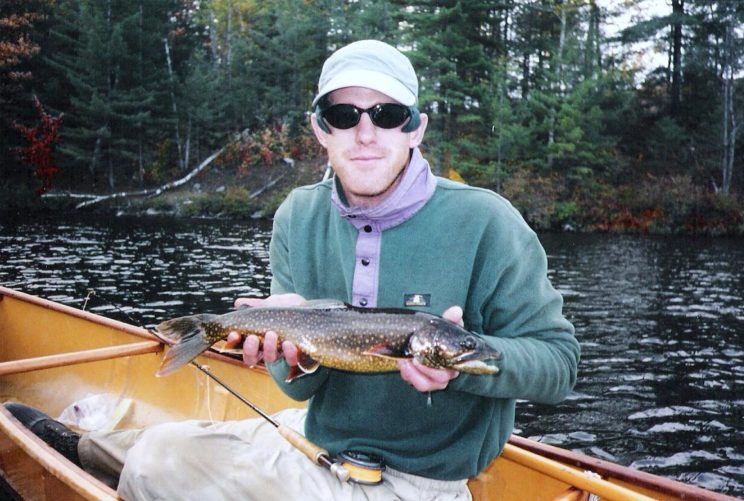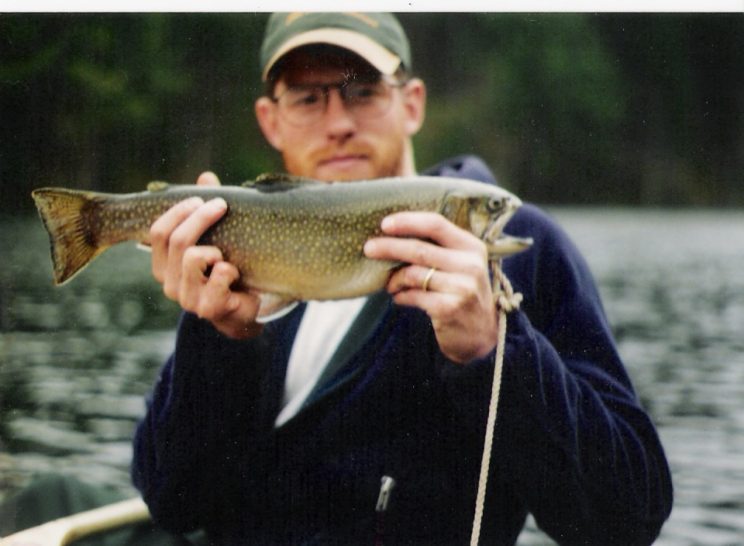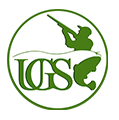
There is more than one effective technique when it comes to fly fishing trout in lakes. Which is more effective is debatable. Which is more enjoyable, well, that is a matter of preference. Trolling is like wearing my camouflage hunting clothes to the mall. It is just something I don’t do for a variety of reasons. The main reason I do not troll, however, is because it does not fit into what my idea of guiding is about. My only exception to this personal rule is when it comes to walleyes… Another topic altogether best reserved for a blog in June.
When I first became fascinated with stillwater fly fishing for trout I looked for advice on where to start. The local fly shop on the edge of town seemed to be the place to go. It was an elitist Orvis dealership called The Pompous Coachman (something like that) that was struggling to survive in “The Land of Hook-em’ and Cook-em'”. The proprietor explained in detail how streamer flies trolled from a canoe was THE technique for fly fishermen on the lakes. After an entire spring season of dragging Mickey Finns and Greyghosts through the shallows for miles, with few strikes, I put the gaudy streamers back in the fly box and gave up trolling for trout. The fly shop closed its doors for good in 2004.
Then I began to read books on Stillwater fly fishing. In the early 2000’s stillwater fly fishing was becoming popular in the western United States and techniques and tactics began to make their way into fly fishing books and periodicals. Glossy fly fishing magazines introduced us to anglers like Brian Chan and Denny Rickard. But, as is the case with most American trends, they become commercialized. In the end, by the time it reaches the average magazine reader, you can no longer decipher what is real and what is contrived.
An example of this was a fly line introduced and marketed by the Cortland line company. It was called the Stillwater Series and it was a clear line with a monofilament core. It was useless for fly fishing the cold waters of the northeast. Better suited to the tropics. But if its terrible memory was not enough, the way the thick and shiny mono fly line glinted in the sun sent wary trout bolting for cover! I think Cortland finally got the picture and repackaged it in a different box and tried selling it to bone fishermen in the Bahamas.
It was not until I came across the work of British angler John Goddard, however, that I began to put the pieces of the puzzle together. Goddard was a man completely absorbed with fly fishing. His insight and research into how trout see the aquatic world around them is perhaps the single most advancing work done in the world of fly fishing for trout within the last twenty years. Goddard’s, and his fishing buddy Brian Clarke, had vast experience on the stillwaters of the UK and their experiences gave birth to techniques that seemed to translate easier to the clear and deep lakes of Upstate New York. Goddard’s ways proved, to me, far more effective than that was being espoused and developed by stillwater anglers in the western US and Canada and marketed to the fly fishing enthusiast by the “big names” in fly fishing gear.
Goddard believed that, in most instances, a standard weight forward fly line was all that was required in almost all stillwater fly fishing situations. And that is now, in 2017, the accepted belief. But, in the last 15 or so years, fly line companies have marketed and sold sinking-tip and full-sink fly lines to a generation of fly casters who believe they need them to catch trout in lakes. I have found the sinking lines far more effective in rivers than lakes.
As a guide I almost never employ sinking lines. The simple fact is they can be treacherous for novice fly casters to handle…They tire you out and simply are not necessary. To keep a fly in the strike zone of a trout longer (in a far more natural way than attaching it to 30 feet of black cord impregnated with lead dust) I employ homemade leaders ranging from 15′ to 25′ in length. These proprietary leaders, fished greased, with indicators, and attached to weight forward floating lines account for 99% of the trophy trout I have brought to net in my guiding career.
Over the years I have refined the system to be adapted to different lakes and different conditions and have found success on trout lakes and ponds throughout New York State while angling for brook trout, lake trout, rainbow trout, splake and brown trout.

In my next blog I will define some of the fly fishing equipment I employ.
Peace
Mike
